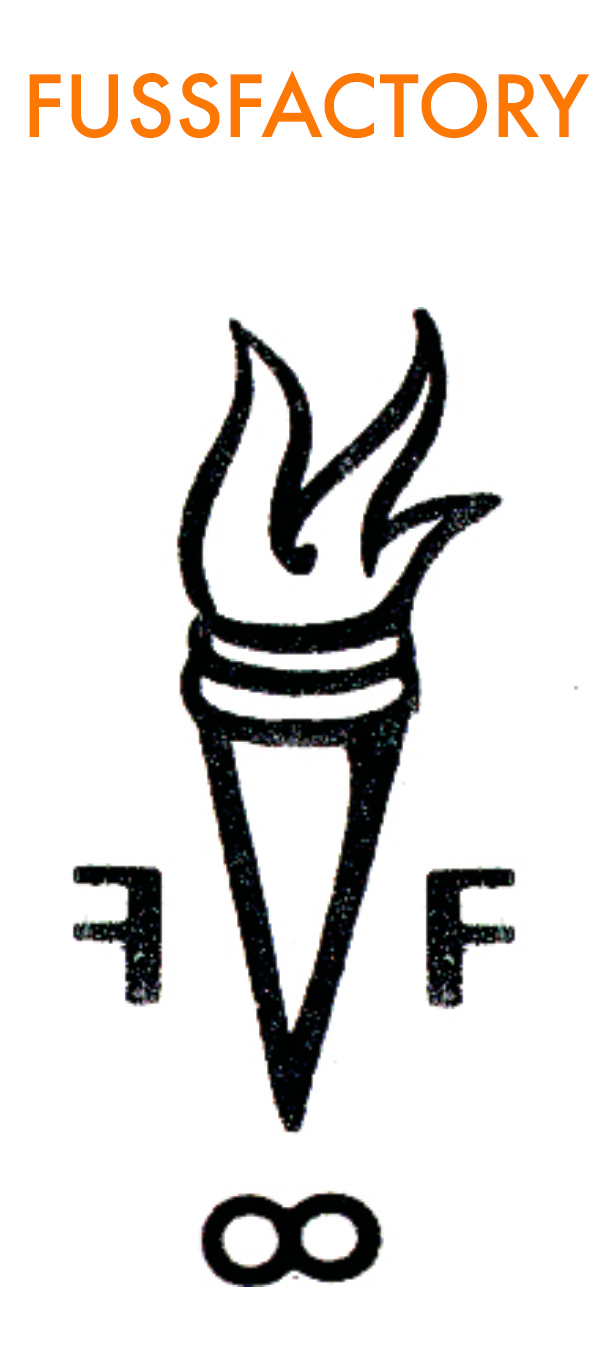Rhyme: Behind Top of Mind
A name is the label used to identify a company, product, service, film, play, book, building, podcast, or whatever else. Such a label needs not only to express the essence of the offering, but to do so in a way that is easy to remember, easy to bring to mind at some future point. An effective brand name will capture attention in the moment, and also sear itself into the brain along a pathway that’s easy to access again later. The neuroscience of how those pathways work — how our brains encode and retrieve information — is a relevant input to consider when crafting [or selecting] a name.
In naming, rhymes are a commonly used device, whether for companies — StubHub, YouTube, Hulu, PlayStation — consumer products — Shake ’n Bake, Reese’s Pieces, Super Glue — or entertainment — Hannah Montana, Action Jackson, Kill Bill, Storage Wars, Deuce Bigalow Male Gigolo. It’s a well-used stratagem because rhymes are easy to remember.
We absorb information through a combination of sensory and contextual stimuli, and the neuron clusters in the brain encode different types of stimulus differently. Acoustic encoding captures sound, words, and other auditory input; visual encoding translates images and other observable input; tactile encoding, through the sense of touch, processes and stores how something feels; and semantic encoding converts sensory input related to meaning or context, rather than input derived from the senses.
Generally, it is believed that encoding for short-term memory relies most heavily on acoustic encoding. And rhymes are an aspect of acoustic encoding that are employed from the earliest of early childhood. Nursery rhymes — it’s right there in the name — are read and/or sung to infants and toddlers. These poems and stories are full of funny words and playful speech patterns to help kids with pronunciation and grammar before they learn to translate words to a written form. It helps their brains learn to recognize and categorize words both by sound and by usage. They establish vocabulary, attaching words to people and objects, as well as to concepts like up or down, before, bigger, first, never. Miss Muffet on her tuffet. Jack and Jill up on that hill. Little Bo Peep and her wandering sheep. Humpty Dumpty, his wall, his fall.
Short-term memories will convert into rote understanding through repetition. We read and/or sing those nursery rhymes over and over. And we incorporate tactile and semantic encoding as well, clapping hands to patty-cake, twisting fingers to represent the itsy-bitsy spider, touching toes to keep track of each of the little piggies. And rhyming continues to be a memory tool even as we get older — In 1492 Columbus sailed the ocean blue; thirty days hath September and all the rest; righty tighty, lefty loosey.
While short-term memory is best triggered through acoustic encoding, long-term memory is most reliably [but not exclusively] captured via semantic encoding. It seems intuitive, right? We’re better able to remember the things that have meaning to us.
So, back to naming, don’t be so caught up in wanting a rhyme that you forget to express the essence of your offering. And, to express it in a way that resonates on an emotional level for your audience. There is a fine line between clever and <eyeroll> in naming, and that is particularly true with rhymes. [It’s easy-peasy to sound forced or childish.] Just like with the use of homonyms in naming, use rhymes in a precise, strategic way. Endeavor to say everything you want to say, and nothing you don’t want to say.
Meanwhile, we’re keeping up on wordplay Wednesday, and starting this week, #PlaysWithWords will add rhymes into the mix. Play away!


